Home>Gardening & Outdoor>Landscaping Ideas>What Fertilizer Is Best For New Grass Seed


Landscaping Ideas
What Fertilizer Is Best For New Grass Seed
Modified: March 24, 2024
Discover the best fertilizer for new grass seed and improve your landscaping with our expert tips and ideas. Find out how to achieve a lush, healthy lawn.
(Many of the links in this article redirect to a specific reviewed product. Your purchase of these products through affiliate links helps to generate commission for Storables.com, at no extra cost. Learn more)
Introduction
Welcome to the exciting world of landscaping, where the promise of a lush, vibrant lawn begins with the careful nurturing of new grass seed. As you embark on this journey, one of the most crucial factors to consider is the use of the right fertilizer. Understanding the nutritional needs of new grass seed, the types of fertilizers available, and the best practices for application will set the stage for a thriving lawn that will be the envy of the neighborhood.
Choosing the best fertilizer for new grass seed involves a blend of science and art. It requires a keen understanding of the specific requirements of the young seedlings as they establish their roots and begin the journey of growth. In this comprehensive guide, we will explore the nutritional needs of new grass seed, the types of fertilizers available, factors to consider when making a selection, and the best practices for ensuring the successful establishment of new grass seed. By the end of this journey, you will be equipped with the knowledge and confidence to nourish your lawn with the best fertilizer, setting the stage for a vibrant and healthy expanse of greenery.
Key Takeaways:
- Choosing the right fertilizer for new grass seed is like giving the seedlings a balanced diet. They need nitrogen for leaf and stem growth, phosphorus for strong roots, and potassium for overall health. Understanding their needs helps your lawn thrive!
- When fertilizing new grass seed, timing is crucial, and even distribution is key. Proper watering, considering weather conditions, and monitoring the lawn’s growth are essential for nurturing healthy and vibrant grass seedlings.
Understanding the Nutritional Needs of New Grass Seed
Before delving into the realm of fertilizers, it’s essential to grasp the nutritional requirements of new grass seed. Just like any living organism, grass seedlings require a balanced diet of essential nutrients to thrive. The primary macronutrients needed by grass seedlings are nitrogen (N), phosphorus (P), and potassium (K).
Nitrogen (N): This crucial nutrient is responsible for promoting healthy leaf and stem development. It plays a vital role in the photosynthesis process, enabling the seedlings to produce the energy needed for growth. Nitrogen is particularly important during the early stages of grass seedling development, as it supports the establishment of a strong, green foundation.
Phosphorus (P): Essential for root development, phosphorus aids in the establishment of a robust root system. This nutrient is particularly vital during the initial growth phase, as it encourages strong root growth, enabling the seedlings to access water and nutrients from the soil more effectively.
Potassium (K): Often referred to as potash, potassium is crucial for overall plant health. It helps grass seedlings withstand stress, such as drought or disease, and promotes resilience to environmental challenges. Additionally, potassium contributes to the overall strength and vigor of the seedlings, preparing them for long-term growth and development.
In addition to these primary macronutrients, grass seedlings also benefit from secondary nutrients such as calcium, magnesium, and sulfur, as well as micronutrients including iron, manganese, zinc, and copper. These nutrients play essential roles in various physiological processes, ensuring the overall health and vitality of the young grass seedlings.
Understanding the specific nutritional needs of new grass seed is the cornerstone of selecting the most suitable fertilizer. By catering to these requirements, you can provide the ideal environment for the seedlings to establish strong roots, develop lush foliage, and thrive in their early stages of growth.
Types of Fertilizers for New Grass Seed
When it comes to fertilizing new grass seed, various types of fertilizers are available, each offering unique benefits and applications. Understanding the differences between these fertilizers is crucial in determining the most suitable option for nurturing your young grass seedlings.
1. Quick-Release Fertilizers: These fertilizers are designed to provide an immediate surge of nutrients to the grass seedlings. They are typically fast-acting, making them ideal for addressing immediate nutritional deficiencies. However, it’s important to apply quick-release fertilizers with caution, as overapplication can lead to potential damage to the seedlings.
2. Slow-Release Fertilizers: Unlike quick-release fertilizers, slow-release variants provide a steady, gradual release of nutrients over an extended period. This controlled release mechanism ensures that the grass seedlings receive a consistent supply of nutrients, promoting steady and sustained growth without the risk of nutrient leaching or burning.
3. Organic Fertilizers: Organic fertilizers are derived from natural sources, such as compost, manure, or plant-based materials. They offer a holistic approach to nourishing new grass seed, providing a blend of essential nutrients while enhancing the overall soil structure and microbial activity. Organic fertilizers contribute to long-term soil health and fertility, supporting the sustainable growth of grass seedlings.
4. Synthetic Fertilizers: Synthetic or chemical fertilizers are formulated to deliver specific concentrations of nutrients in precise ratios. They are often tailored to address targeted nutritional requirements, allowing for a customizable approach to fertilizing new grass seed. While synthetic fertilizers offer rapid results, it’s essential to use them judiciously to prevent potential environmental impact and nutrient imbalances.
5. Starter Fertilizers: Specifically formulated for new grass seedlings, starter fertilizers provide a balanced blend of nutrients that cater to the unique needs of young turf. These formulations often contain higher levels of phosphorus to support robust root development, as well as essential micronutrients to bolster early growth and establishment.
Each type of fertilizer offers distinct advantages and considerations, and the choice of fertilizer should align with the specific requirements of your lawn, the soil composition, and the stage of grass seedling development. By selecting the most appropriate fertilizer type, you can provide the optimal nourishment for your new grass seed, laying the groundwork for a healthy and resilient lawn.
Choose a fertilizer with a high phosphorus content, such as a 10-20-10 blend, to promote strong root development in new grass seed. Apply according to the instructions on the package for best results.
Factors to Consider When Choosing Fertilizer for New Grass Seed
As you embark on the journey of selecting the ideal fertilizer for your new grass seed, several critical factors should guide your decision-making process. By considering these factors, you can make an informed choice that aligns with the specific needs of your lawn and ensures the successful establishment of healthy grass seedlings.
Soil Composition: Understanding the composition of your soil is paramount in selecting the appropriate fertilizer. Conducting a soil test can provide valuable insights into the pH levels, nutrient content, and organic matter present in the soil. This information will guide the choice of fertilizer, enabling you to address any deficiencies and optimize the soil environment for new grass seed growth.
Nutrient Requirements: Different stages of grass seedling development require varying nutrient compositions. For example, during the initial growth phase, a fertilizer with a higher phosphorus content can support robust root development, while a balanced blend of nitrogen, phosphorus, and potassium is essential for overall growth and vitality. Consider the specific nutritional needs of your new grass seedlings to tailor your fertilizer selection accordingly.
Environmental Considerations: Factors such as climate, temperature, and moisture levels can influence the effectiveness of fertilizers. In regions with high rainfall, for instance, slow-release fertilizers may be preferable to prevent nutrient leaching. Similarly, in areas prone to drought, fertilizers with drought-resistant properties can support the resilience of new grass seedlings during challenging conditions.
Application Method: The method of fertilizer application, whether granular or liquid, can impact the efficiency and distribution of nutrients. Granular fertilizers are well-suited for even coverage over larger areas, while liquid formulations offer precision and rapid absorption. Consider the practical aspects of application and choose a method that aligns with your lawn’s specific requirements.
Environmental Impact: It’s essential to consider the environmental implications of the fertilizers you choose. Opt for products that minimize potential leaching, runoff, and ecological harm. Additionally, organic and eco-friendly fertilizers offer sustainable alternatives that promote soil health and biodiversity, contributing to a more balanced ecosystem in your lawn.
Budget and Long-Term Goals: Assessing your budget constraints and long-term lawn care goals is crucial in selecting a fertilizer that aligns with your financial considerations and sustainability objectives. While some fertilizers may offer immediate results, others contribute to the long-term fertility and resilience of the soil, supporting the enduring health of your lawn.
By carefully evaluating these factors, you can make a well-informed decision when choosing a fertilizer for your new grass seed. This thoughtful approach ensures that the nutritional needs of your lawn are met, setting the stage for robust growth, vibrant greenery, and a thriving outdoor space for years to come.
Best Practices for Fertilizing New Grass Seed
When it comes to fertilizing new grass seed, adhering to best practices is essential to maximize the effectiveness of the chosen fertilizer and promote the healthy growth of the seedlings. By following these guidelines, you can ensure that your lawn receives the optimal nourishment it needs during its critical early stages of development.
Timing Is Key: Timing the application of fertilizer is crucial. For new grass seed, it’s best to wait until the seedlings have been mowed at least three times before applying fertilizer. This allows the young grass to establish its root system and ensures that the nutrients are utilized effectively for sustained growth.
Even Distribution: Whether using granular or liquid fertilizer, ensure that the application is evenly distributed across the lawn. Uneven application can result in patchy growth and inconsistent nutrient uptake by the seedlings. Following the recommended application rates and techniques specified by the fertilizer manufacturer is essential for achieving uniform coverage.
Proper Watering: Watering the lawn before and after fertilizer application is crucial for activating the nutrients and aiding in their absorption. However, it’s important to avoid excessive watering, as it can lead to nutrient leaching and runoff. Strike a balance by ensuring that the soil is adequately moist but not waterlogged to support optimal nutrient uptake by the grass seedlings.
Consideration of Weather Conditions: Applying fertilizer during favorable weather conditions, such as mild temperatures and moderate humidity, can enhance its effectiveness. Avoid fertilizing during periods of extreme heat or drought, as this can stress the grass seedlings and impede the absorption of nutrients. Additionally, applying fertilizer before a gentle rain or irrigation session can facilitate the penetration of nutrients into the soil.
Monitor and Adjust: Regular monitoring of the lawn’s growth and appearance can provide valuable insights into the effectiveness of the chosen fertilizer. Adjust the fertilization schedule and formulation as needed based on the grass seedlings’ response and any observed changes in the lawn’s health. Flexibility and adaptability are key to optimizing the fertilization process.
Maintain Consistency: Consistent fertilization in accordance with the specific needs of the grass seedlings is essential for sustained growth and long-term health. Establishing a regular fertilization schedule and adhering to recommended application rates ensures that the young turf receives a steady supply of nutrients, promoting vigorous and uniform growth.
By embracing these best practices, you can foster the optimal growth and development of new grass seed, laying the groundwork for a resilient, vibrant lawn that will thrive for years to come. Thoughtful and attentive fertilization practices contribute to the overall health and beauty of your outdoor space, creating a welcoming and visually stunning landscape.
Read more: When To Fertilize New Grass
Conclusion
Embarking on the journey of nurturing new grass seed is a rewarding endeavor that promises the transformation of your outdoor space into a verdant oasis. The careful selection and application of the right fertilizer play a pivotal role in ensuring the successful establishment and sustained growth of the young grass seedlings. By understanding the nutritional needs of new grass seed, exploring the diverse types of fertilizers available, and considering critical factors in the decision-making process, you can set the stage for a thriving and resilient lawn.
As you navigate the landscape of fertilizing new grass seed, it’s essential to approach the process with a blend of scientific knowledge and attentive care. By catering to the specific macronutrient and micronutrient requirements of the seedlings, you can provide the ideal foundation for robust root development, lush foliage, and overall vitality. The choice between quick-release and slow-release fertilizers, organic and synthetic formulations, and starter blends requires thoughtful consideration, ensuring that the chosen fertilizer aligns with the unique needs of your lawn.
Moreover, the best practices for fertilizing new grass seed, encompassing strategic timing, even distribution, proper watering, and adaptability to weather conditions, contribute to the effective utilization of nutrients and the sustained health of the grass seedlings. Consistency and attentive monitoring further enhance the fertilization process, allowing you to tailor the nourishment provided to the evolving needs of the young turf.
By embracing these principles and practices, you are not only fostering the growth of new grass seed but also cultivating a thriving outdoor ecosystem that embodies natural beauty and vitality. The lush expanse of greenery that emerges from the careful application of the right fertilizer is a testament to the harmonious coexistence of science and artistry in landscaping.
As you witness the transformation of your lawn, from tender seedlings to a flourishing carpet of green, remember that the journey of nurturing new grass seed is a testament to your dedication to creating a vibrant and inviting outdoor space. The careful selection and application of the best fertilizer for new grass seed is a testament to your commitment to sustainable and enduring natural beauty, ensuring that your lawn becomes a source of pride and joy for years to come.
Frequently Asked Questions about What Fertilizer Is Best For New Grass Seed
Was this page helpful?
At Storables.com, we guarantee accurate and reliable information. Our content, validated by Expert Board Contributors, is crafted following stringent Editorial Policies. We're committed to providing you with well-researched, expert-backed insights for all your informational needs.

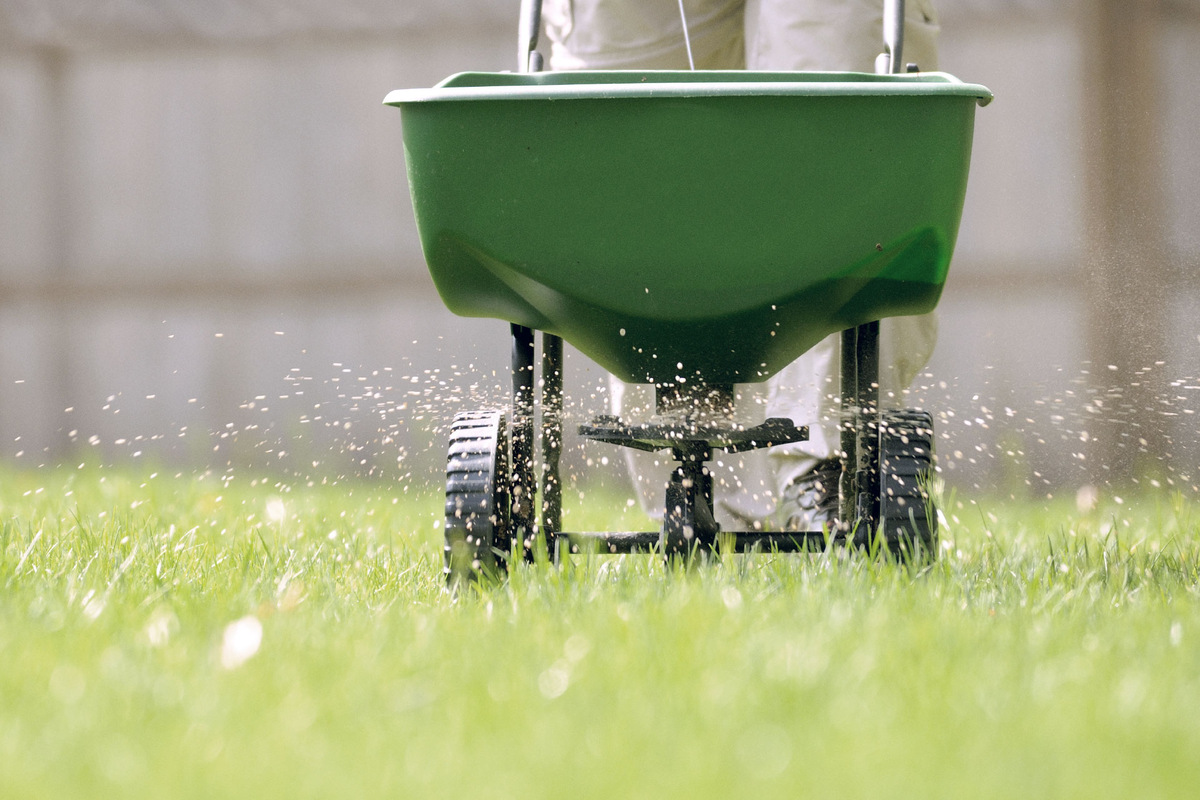


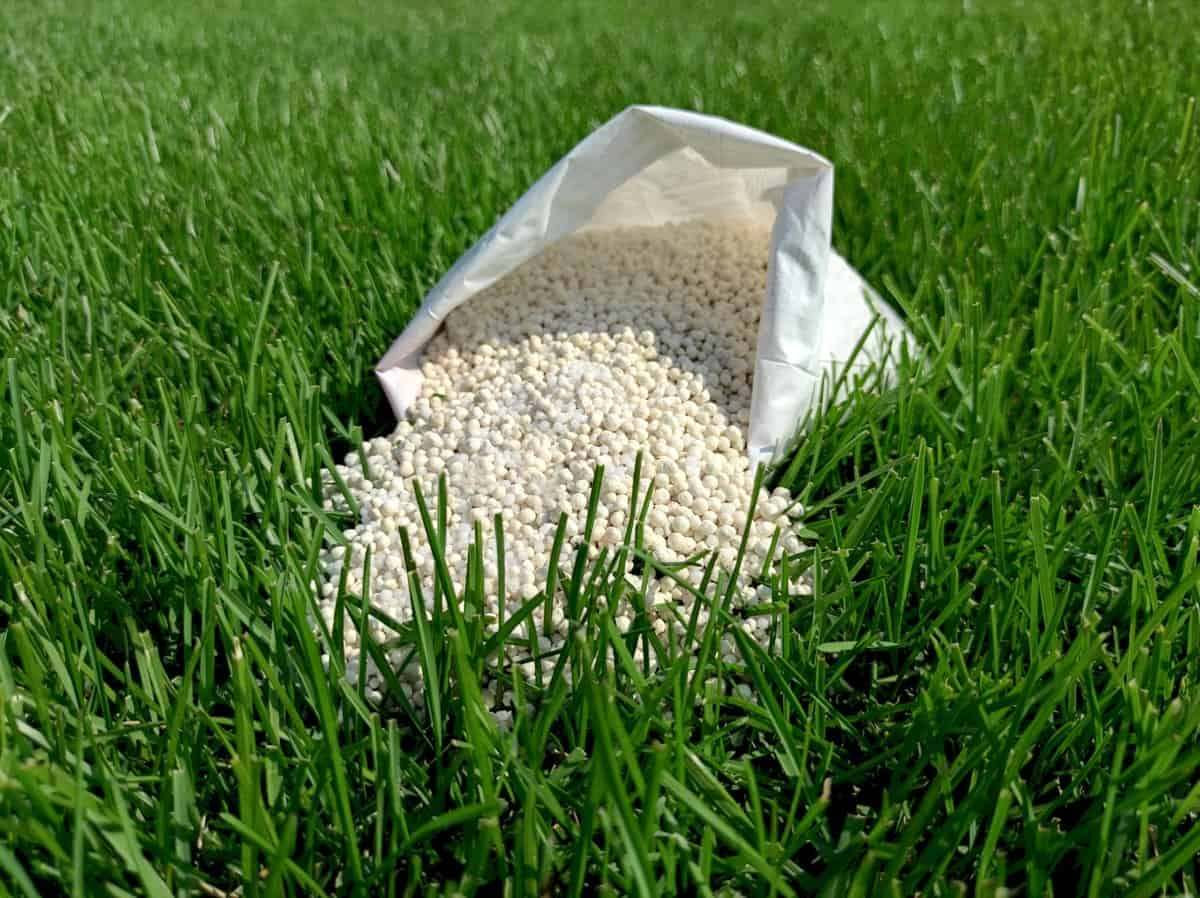
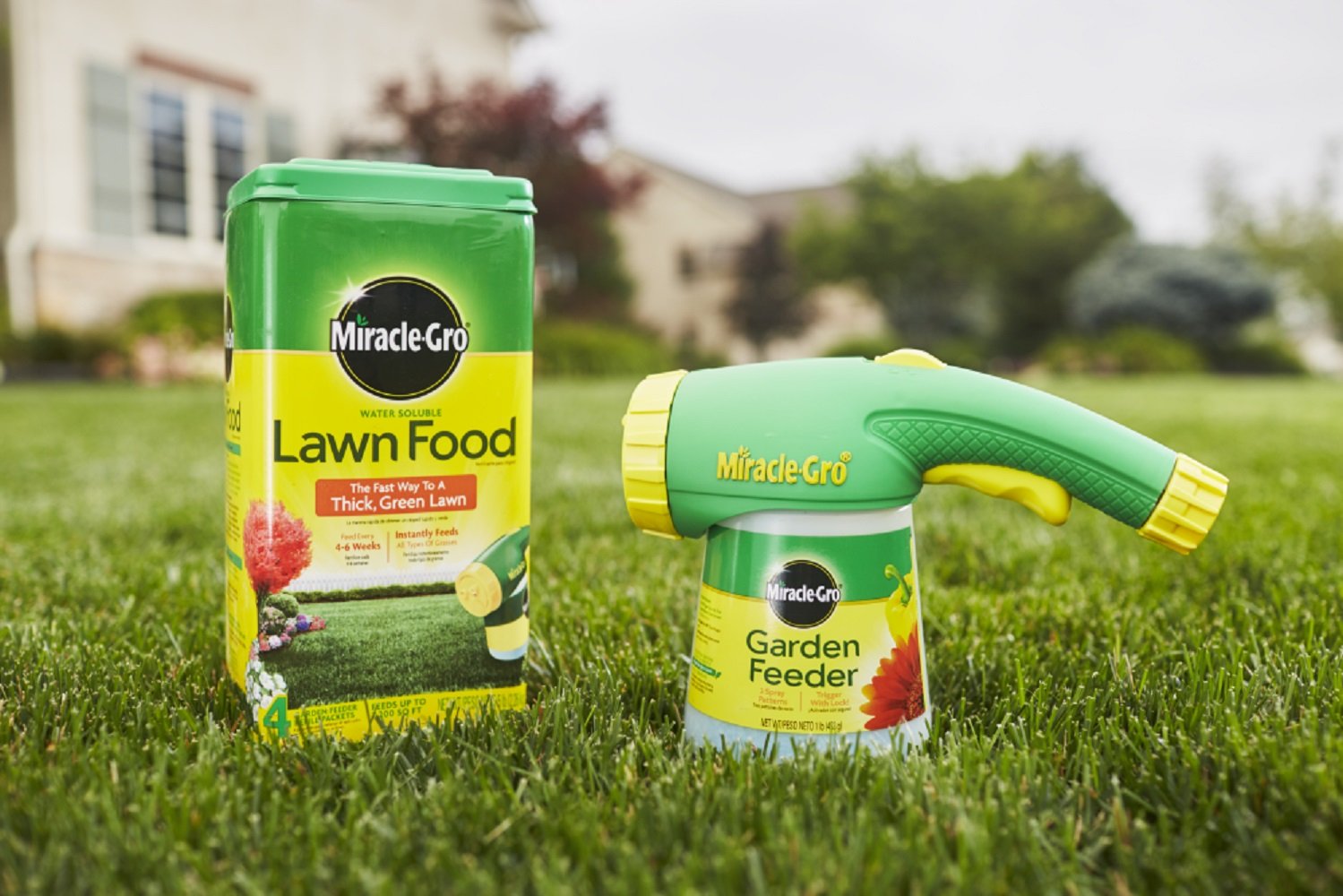

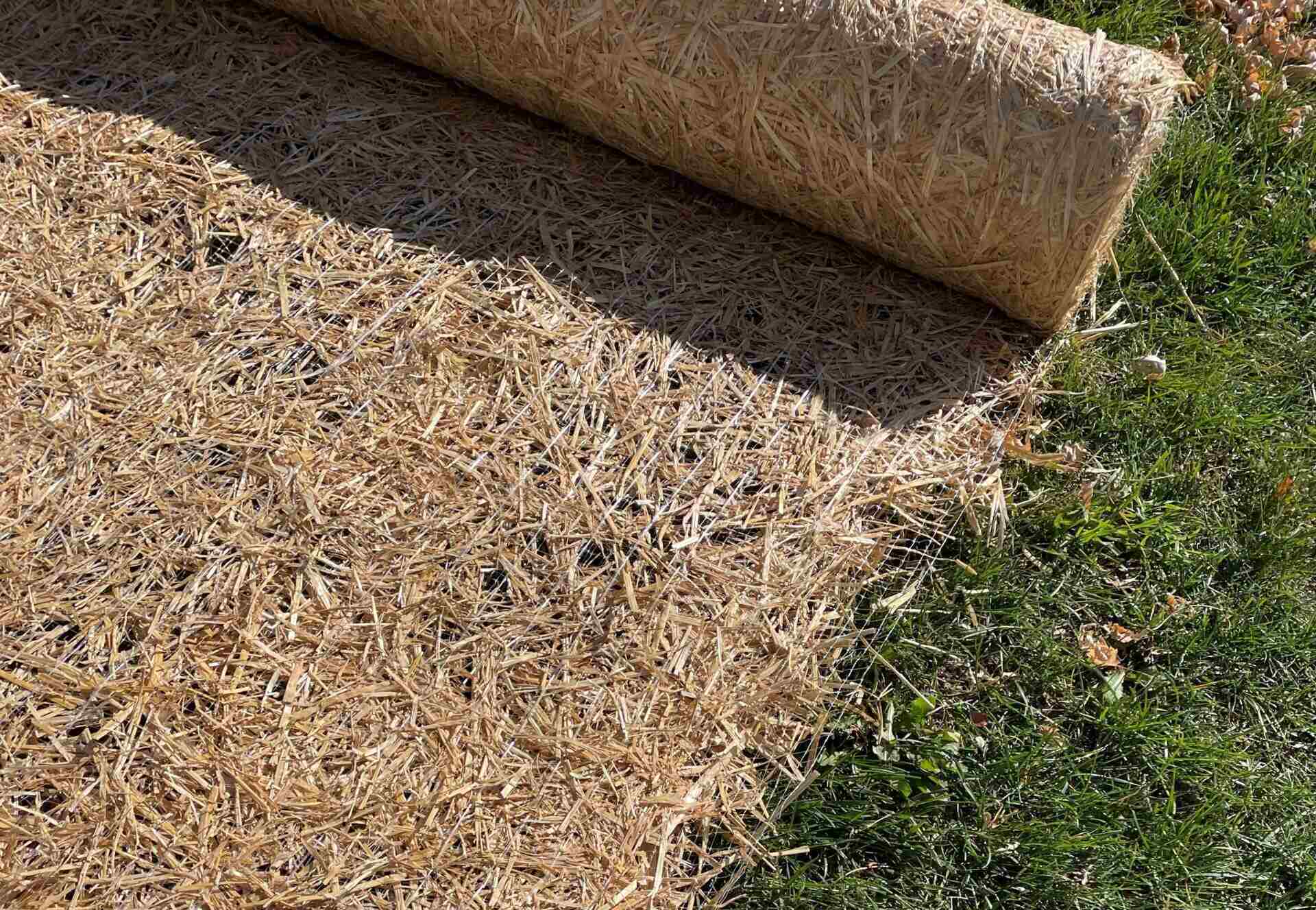
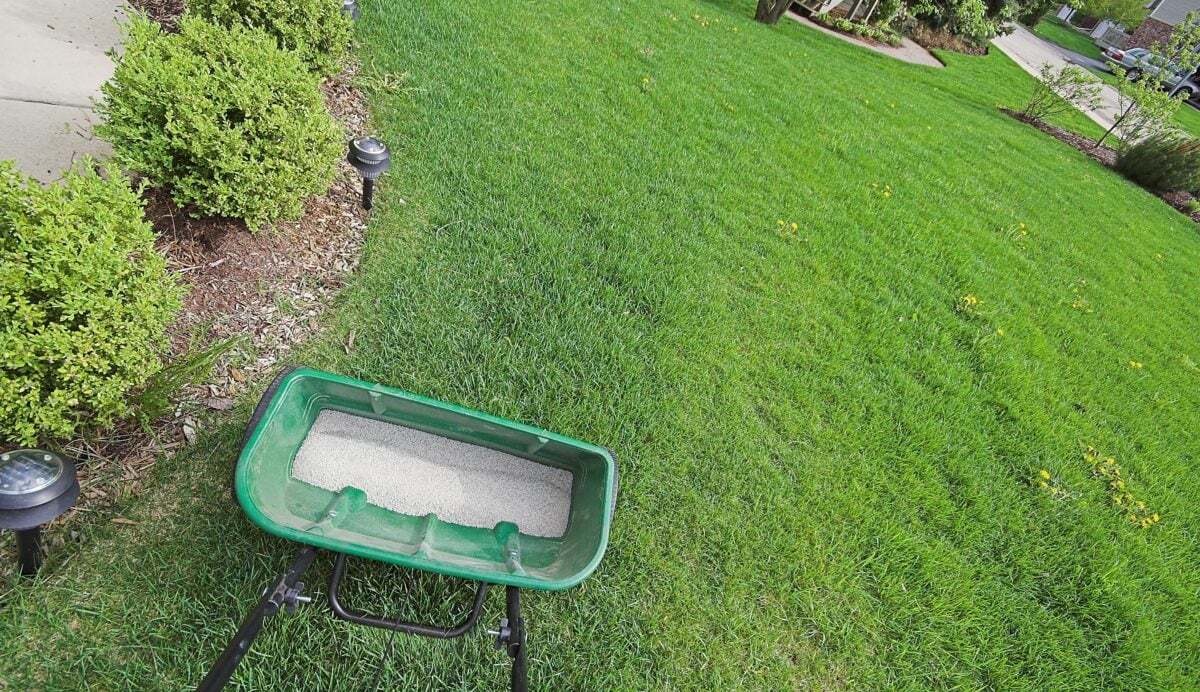
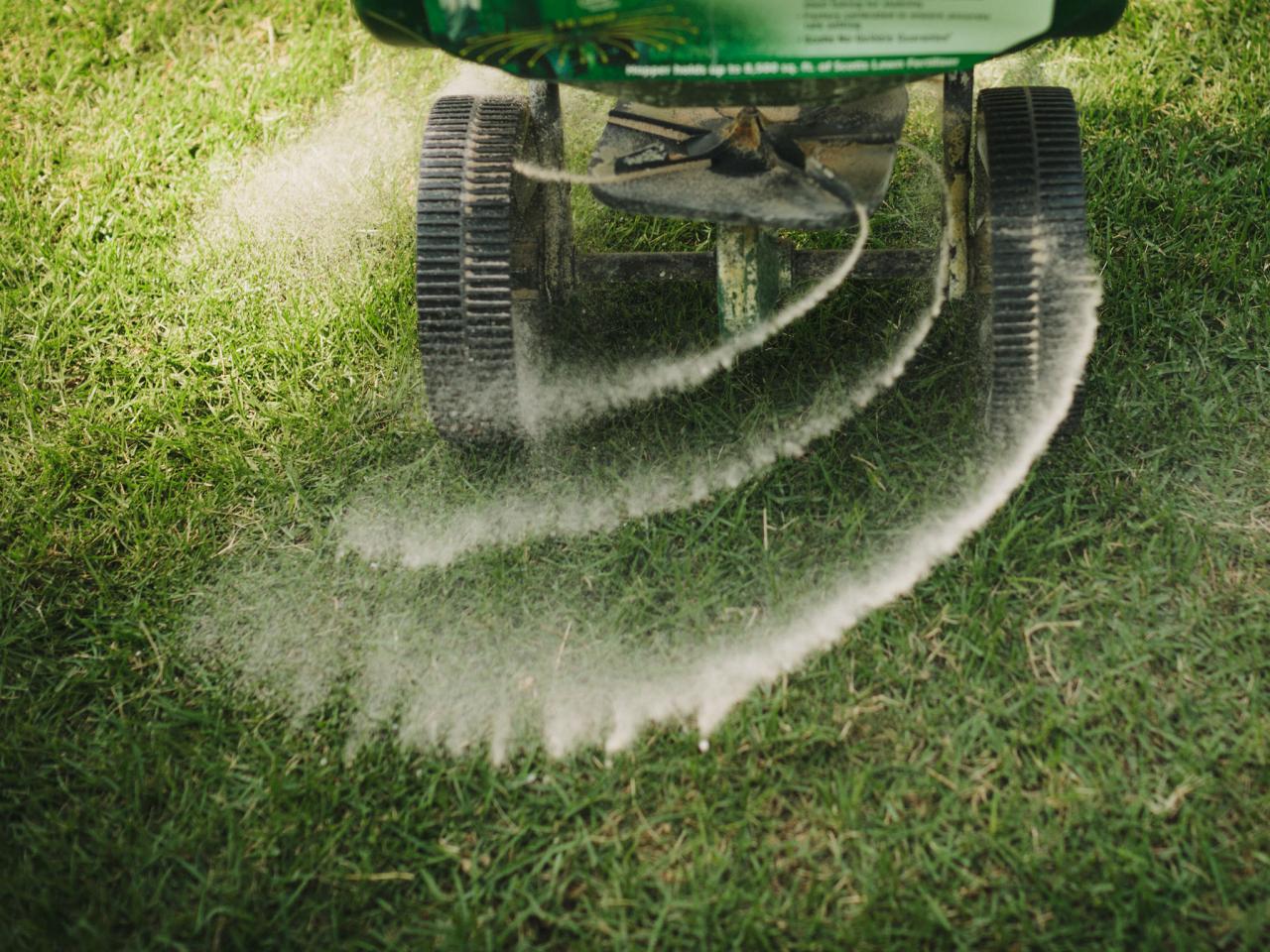
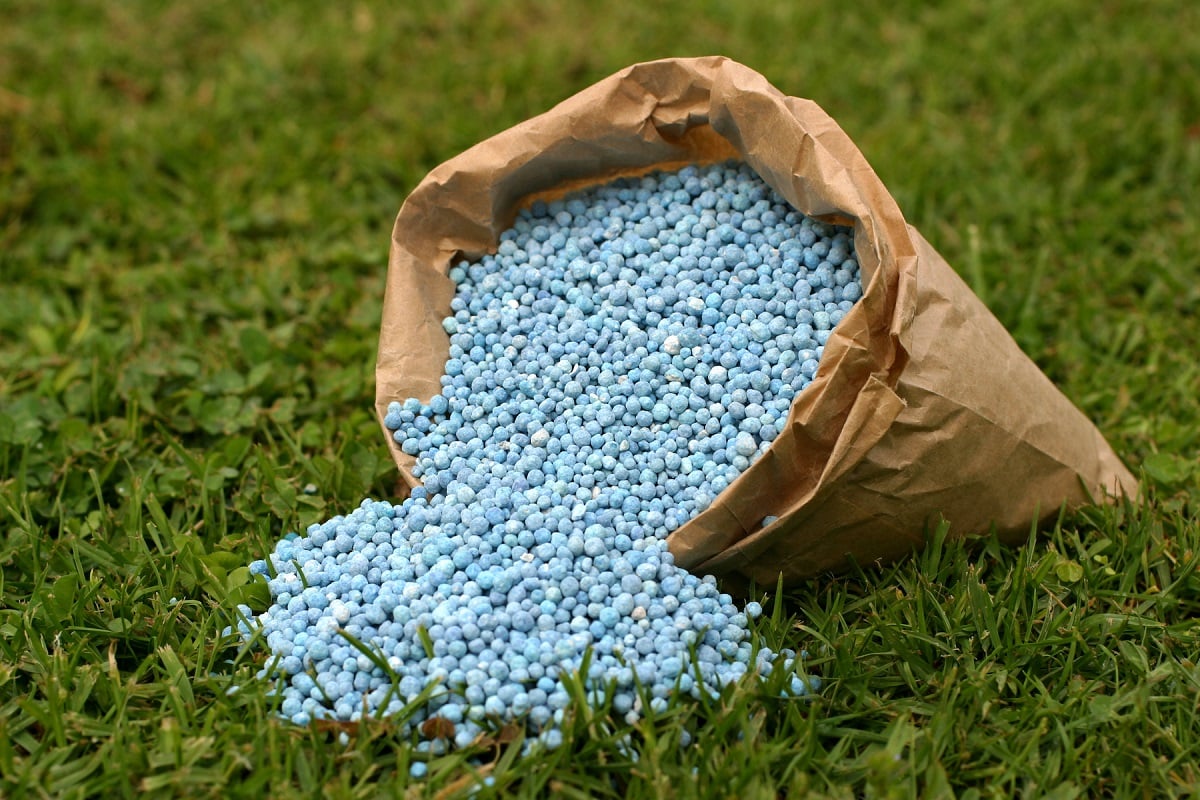
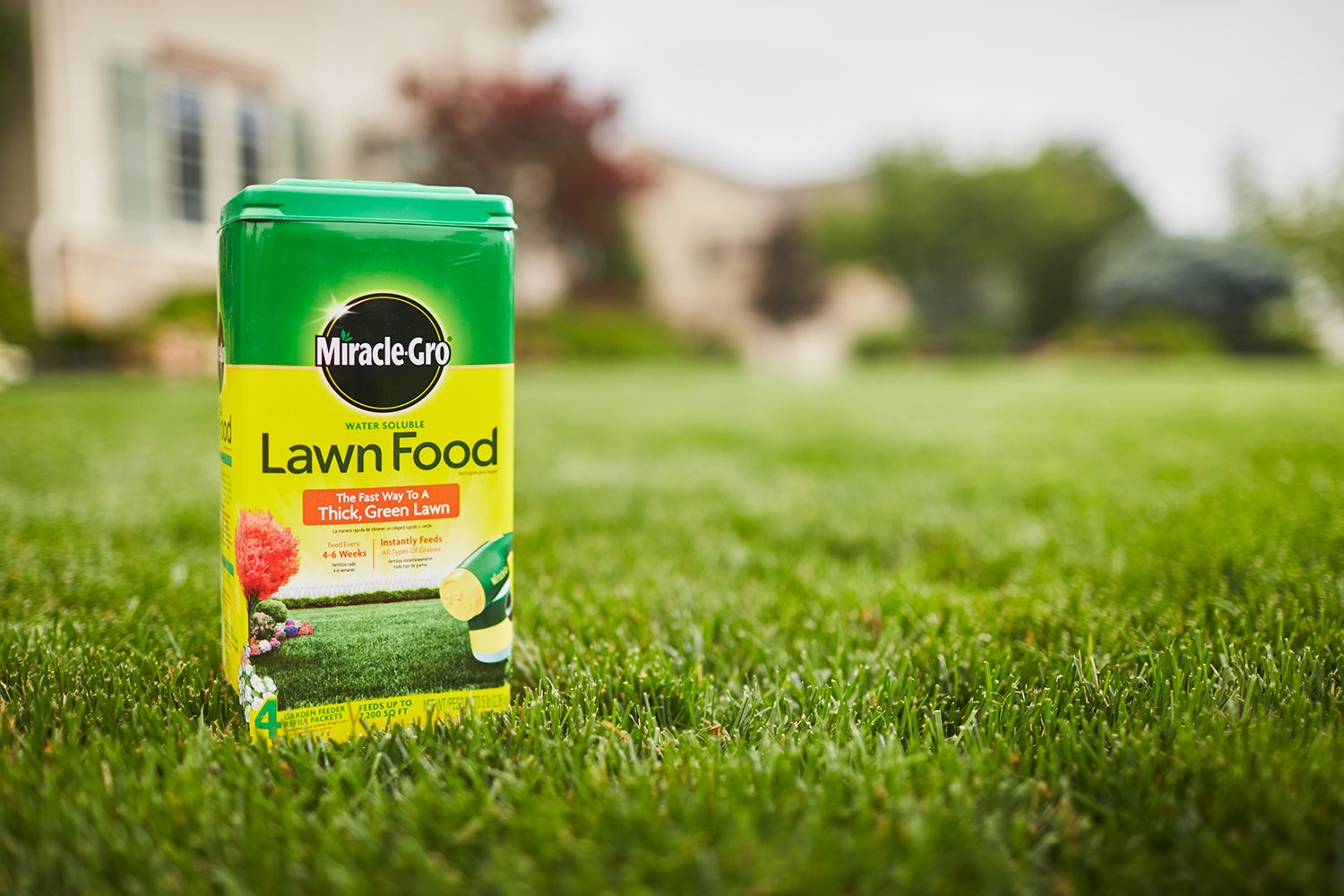
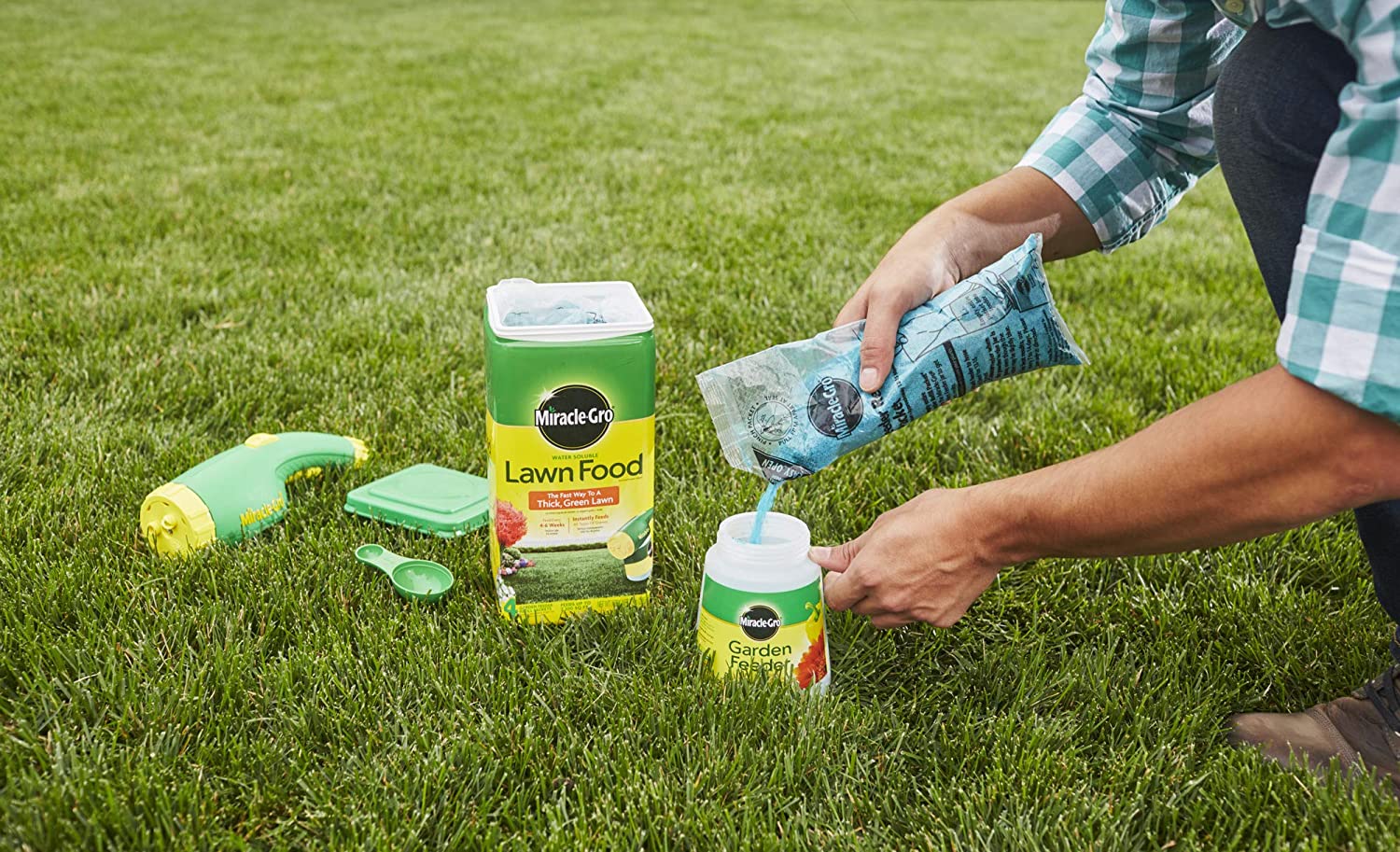
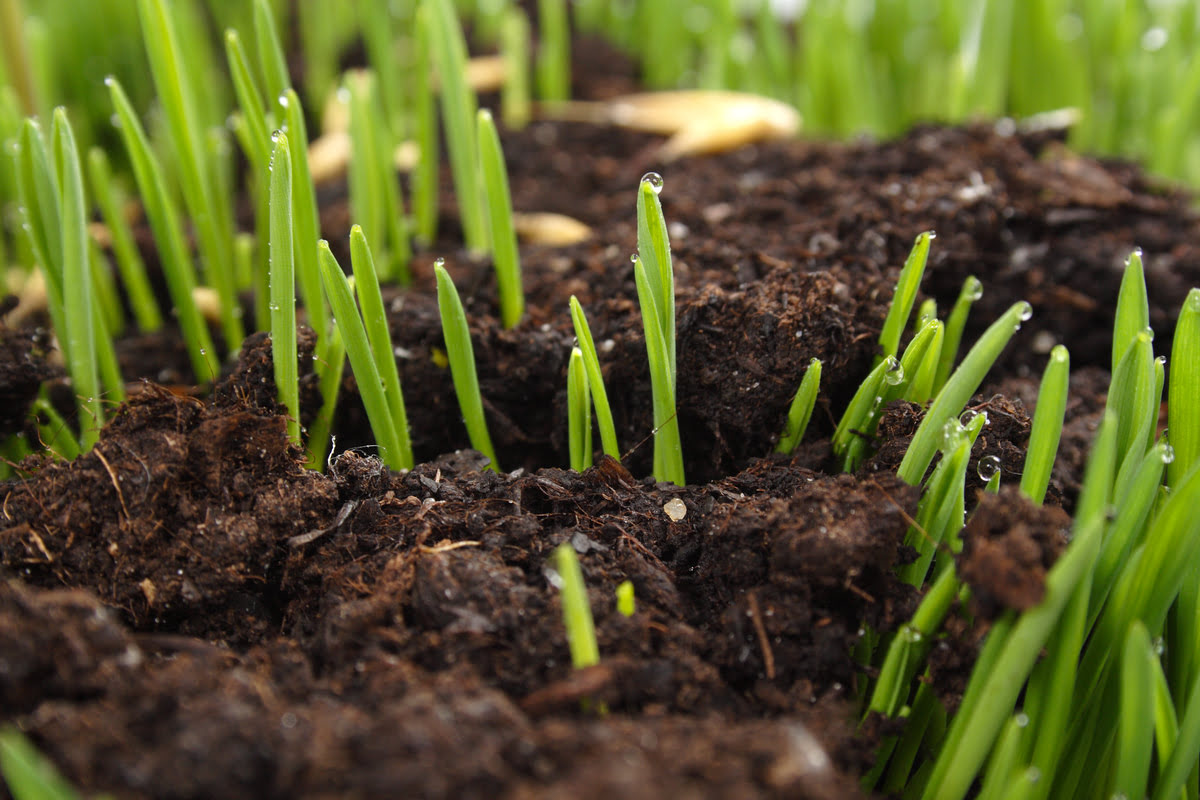

0 thoughts on “What Fertilizer Is Best For New Grass Seed”